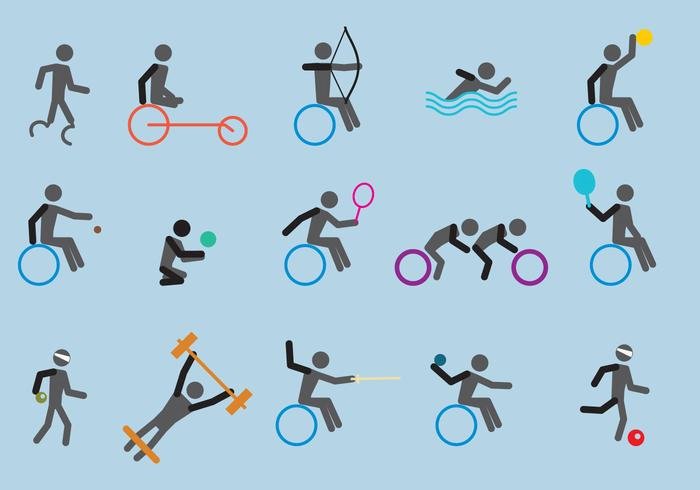Frequently Asked Questions - FAQ
Paralympics : classifications explained - FAQs

What is classification?
Classification helps to define which athletes are eligible to compete in each of the sports. It also helps to ensure a level playing field by grouping athletes into classes based on their ability to perform a certain activity.
How are athletes' classifications defined?
Every athlete competing at the Games has gone through an evaluation, conducted by authorised technical officials called "classifiers", who are appointed by the international governing body of that particular sport. It is a long-term and in some cases ongoing process which takes place at all major events, before and during competition.
How does it work?
Classifiers assess the athlete's impairment and how it impacts on their ability to perform certain functions in the sport. After each evaluation the athletes are assigned a sport class.
Is there a medal for each classification?
No. In some cases athletes from different classifications will compete for the same medal as the sport's governing body has decided their particular impairments place them at around the same level of ability. The results are determined by a points system, known as Raza.
What is Raza?
A mathematical formula is applied to each athlete's throw or jump distance to calculate a points score. The athlete with the highest score wins, meaning the athlete with the least impairment does not receive an unfair advantage. The algorithm was established by tracking a number of athletes' performances over a range of years.
What about combined class events?
Sometimes there is not an event available for a particular classification. In this case athletes have the option of competing up a class with athletes with less impairment. For these events there is no points scoring system. The fastest run and furthest throw or jump wins.










